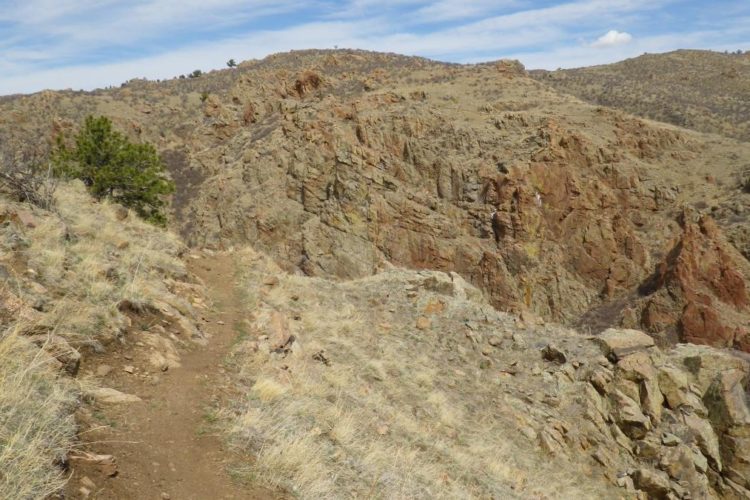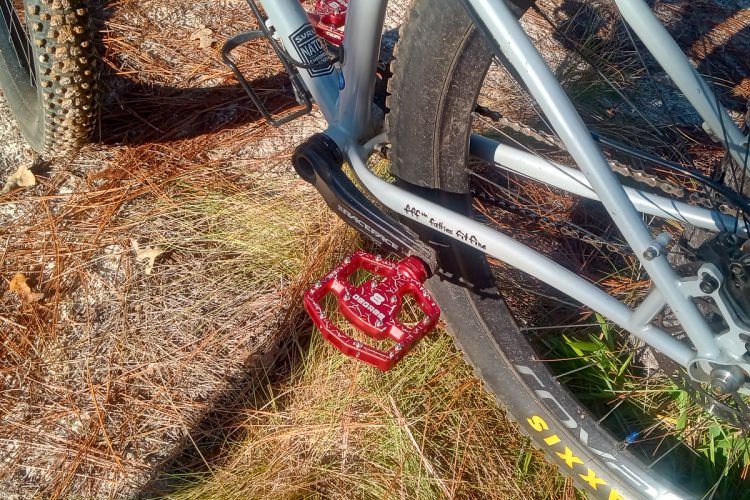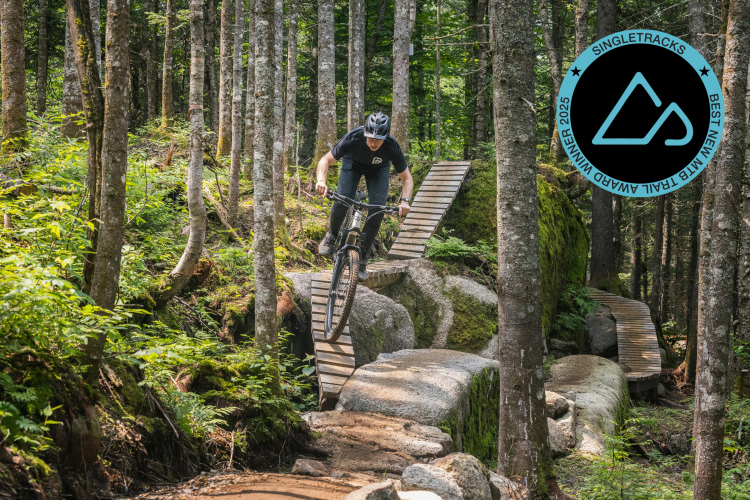
Most trail systems around the country are lucky to add one new trail a year… or even every few years. That said, the Central Wyoming Trail Alliance (CWTA) has big plans for the Casper Mountain trail system, including adding new trailheads and more than doubling its current trail mileage by fall 2025.
The Central Wyoming Trails Alliance
The CWTA will be responsible for building and maintaining the new trails at Casper Mountain. The group already manages upkeep on the eleven existing trails south of Casper Mountain.
“In Natrona County, which is the second largest county in Wyoming, we oversee approximately 25 miles of non-motorized mixed-use trail,” said Austin Burgess, Executive Director of CWTA.
Despite being relatively young, CWTA has worked hard to build a partnership with Natrona County. Over the years, the non-profit has become a reliable partner for trail maintenance. The county leans on CWTA’s expertise and manpower to maintain the multi-use trails in the area, some of which do not allow mountain biking.
The CWTA was formed in 2014 and has been an International Mountain Bicycling Association (IMBA) chapter since then. Until recently, the organization was entirely volunteer-run. Burgess, who had been with the organization since 2021, became the CWTA’s first paid staff member in 2024 — a necessary change that has helped CWTA expand its impact in the Casper community.


New trails at Casper Mountain
Burgess’s connection to Casper Mountain dates back to the mid-90s and the NORBA race series. Burgess not only raced when NORBA came to Casper Mountain but was also involved in building the race tracks.
The city of Casper has few singletrack trails, and the CWTA has been working to address this need since 2016. The Casper Mountain Trail System, located southeast of Casper, will see a significant expansion under what the CWTA calls the Kay-Linn master plan.
Casper Mountain currently has around ten miles of trail, which Burgess described as classic singletrack. The bench-cut trails are less “bench” and more scratch-surface trails, remaining narrow in most spots. The trail design focused on keeping the natural feel of Casper Mountain. Stump and log drops are sprinkled on the sides of the trails and have been crafted out of fallen logs to keep a natural feel.
Nearly five years after its proposal, the Kay-Linn master plan for Casper Mountain was accepted and signed by Natrona on February 23, 2021. Once the new trails are completed, the plan will more than double Casper Mountain’s mileage.
Burgess explained that while the Kay-Linn plan for Casper Mountain adds roughly ten more miles of new trail, he expects that number to increase slightly.
“We’re actually going to be a little higher than that because there were two trails that we did that were aligned with the master plan but were not included in that full document,” he explained. The plan also includes some realignment of current trails, totaling one mile, all of which will add to the overall mileage of Casper Mountain.
These two trails — one green and one black, totaling 1.7 miles — that were not included in the plan will help fill some gaps in what Casper Mountain is missing. Currently, the trail system is mostly intermediate, blue-level trails. Burgess stressed the need for beginner and advanced trails.
The Kay-Linn project will add an expert-level double-black section along with advanced trails. The trail is yet to be named and will cut over chunky, technical terrain and heavily forested areas. While the new trail will be between 7-8,000 feet of elevation, the topography doesn’t allow for massive descents. Most trails at Casper Mountain climb and descend just a few hundred feet.
The addition of double-black and black trails brings the advanced trail mileage up to 2.5 miles. With more green trails added, beginner trail mileage will go up to four miles, and intermediate trails will make up the remaining mileage. When all is said and done — including realignments and the trails not included in the Kay-Linn plan — Casper Mountain will have roughly 23 miles of singletrack, more than doubling the ten miles it currently has.
“The new trails coming in actually are designed to be mountain bike optimized,” Burgess told us. While the new trails will also have “natural’ features similar to the existing trails, Burgess explained the features will be “in-trail” with go-arounds to the side. Machines are used where they can, leaving a roughly 40-inch tread that narrows as the hand crew follows behind, finishing the trail.
The Kay-Linn master plan also includes four trailheads, all of which will be connected by singletrack.
Funding the Kay-Linn master plan
When the Kay-Linn master plan was signed, it was estimated to cost $775,000. That price has likely gone up. “Now that inflation has happened, we’re estimating that it’s probably in excess of about $880,000,” Burgess said.
The project started with a partnership between CWTA and Visit Casper, which raised over $42,000. These funds were donated to Natrona County to develop the Kay-Linn master plan.
For now, CWTA will continue to apply for grants to fund the Kay-Linn project. They’ve already received the Wyoming Community Foundations Grant and McMurray Foundations Grant.
CWTA has also relied on local fundraising events for the Kay-Linn project, where they can help community members and groups understand precisely how much building trails costs. “Most recently, we broke [the cost] down per mile and were awarded a little over $24,000 for two miles of trail,” Burgess told us. This funding came from the Natrona County Joint Powers Board.
In addition to grants and foundation funds, the Kay-Linn project receives private donations. Burgess explained that they can keep the cost of trail building low, as he and his crew are essentially doing all of the work.
Burgess, CWTA trail builders, and volunteers must work hard to meet their goals. “My goal is, by this time next year, we will have nearly completed the Kay-Linn master plan.”










0 Comments